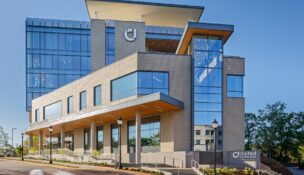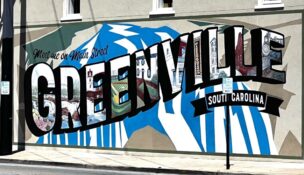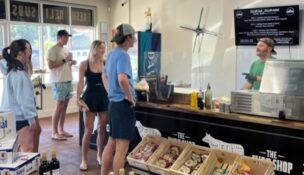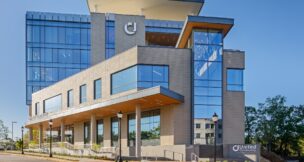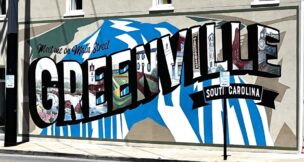Upstate growth is requiring mobility adjustments
Staff //March 4, 2019//
Growth is leading to discussions in the Upstate about more efficient mobility.
Dean Hybl, executive director of Ten at the Top, said the Upstate footprint is growing quicker than in the past and it’s up to business and community stakeholders to get control of that growth. He cited a study his organization conducted, along with Upstate Forever, that looked at land use in the Upstate.
 “From the beginning of time to 2015, we used about 740 square miles in the Upstate region to develop the footprint we have today,” Hybl said during a recent GSA Business Report Power Event. “Based on the methodology and modeling future, between 2015 and 2040 we will use an additional 940 square miles. We’ll use more land in 25 years than we’ve used in hundreds of years, and I know that’s not very good.”
“From the beginning of time to 2015, we used about 740 square miles in the Upstate region to develop the footprint we have today,” Hybl said during a recent GSA Business Report Power Event. “Based on the methodology and modeling future, between 2015 and 2040 we will use an additional 940 square miles. We’ll use more land in 25 years than we’ve used in hundreds of years, and I know that’s not very good.”
Hybl said one way to address and impact that forecast is through mobility and connectivity, especially as it pertains to where people live in connection to where they work, shop and go to school. He said an alliance is needed — a collaborative effort — to address mobility needs.
“It cannot just be the responsibility or the job of the DOT and MPOs (metropolitan planning organizations) and transit providers, because they are doing a really good job with limited resources,” he said. “The places that are successful around mobility in this state or others are places where they have private investments, where they have the community backing.”
Hybl said community buy-in is key. He said the planned mobility alliance will not be a “doer” organization, but a voice consistently emphasizing the value of mobility.
The value of mobility is not lost on manufacturers. Leesa Owens, director of state, local government and community relations at Michelin North America, said mobility is at the heart of what her company does, not just in the tires produced, but in taking care of employees.
“Workforce development is one of our No. 1 priorities,” she said during the Power Event. “We are no different than any other employer across the state in that aspect.”
Owens said Michelin has trouble filling its entry level operator position, in part because of transportation needs.
“We’re located out at the Donaldson campus. If you don’t live out there or don’t have a car, how will you get there? There’s no bus station out that way,” she said. “Mobility is the beginning of the cycle of success.”
Michelin’s years of adjusting to mobility needs include the company’s beginning as a bicycle tire manufacturer in France to its 15 tire manufacturing plants in South Carolina. When the company expanded from bike tires to car tires, it realized motorists were traveling longer distances for the first time and needed help knowing where they were and where they were going. Michelin played a role in developing the first street signs and maps. That was followed by a need for the Michelin Red Guide that “came out of helping people think about transportation and mobility and going places and seeing new things and finding restaurants,” Owens said.
“We have evolved as the concept of mobility has changed,” she said.
i







